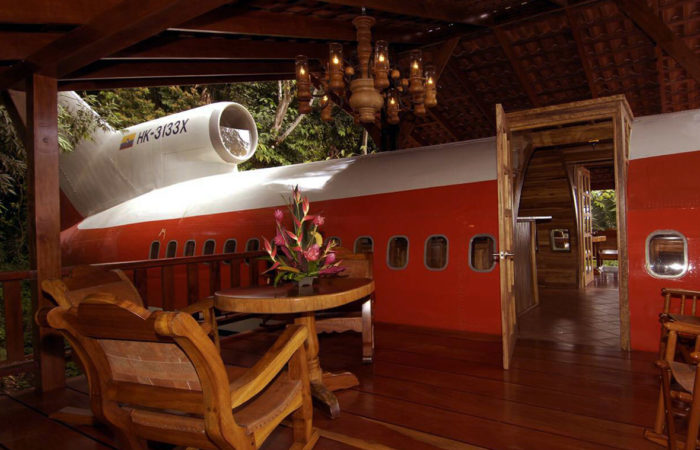Astronomers have found that it is not how much gas a galaxy has, but where that gas is located, that determines whether new stars form.
Researchers at the International Centre for Radio Astronomy Research (ICRAR) made the discovery about galaxies by studying the gas distribution that helps create stars.
Using CSIRO's ASKAP radio telescope located at Inyarrimanha Ilgari Bundara, the CSIRO Murchison Radio-astronomy Observatory, researchers explored the gas distribution in about 1,000 galaxies as part of the WALLABY survey.
Lead author Seona Lee, a PhD student at The University of Western Australia node of ICRAR, said the findings give new insights into how stars are born from gas.
While earlier surveys could only map the gas distribution in a few hundred galaxies, the WALLABY survey has successfully mapped the atomic hydrogen gas in a significantly larger sample of galaxies.
The survey revealed that having more gas in a galaxy does not automatically mean it will create more stars. Instead, galaxies that are forming stars usually have a higher concentration of gas in the areas where the stars reside.
"It was very exciting to see a correlation between star formation and where the atomic hydrogen gas is located," Ms Lee said.
Higher-resolution observations from telescopes like ASKAP, owned and operated by CSIRO, Australia's national science agency, allowed Ms Lee to measure the location and density of the atomic gas for an unprecedented number of galaxies.
Senior Principal Research Fellow at ICRAR Professor Barbara Catinella, who co-leads the WALLABY survey, said atomic hydrogen gas is the essential ingredient for making stars, in the same way that flour is to a cake.
"While different cakes require different amounts of flour, to bake a cake properly, you focus on the flour that's in the bowl, not the unused flour left in the package," Professor Catinella said.
"Similarly, understanding how stars are formed requires us to measure the atomic gas where stars are actually forming, rather than considering the total gas content, which includes the unused gas in the outer regions."
The research showed that being able to conduct more detailed radio obeservations is key to helping scientists understand how galaxies grow and change over time.
The team looked at radio waves and visible light from nearby galaxies to determine the amount of gas in the parts of the galaxy where stars are being born.
"To learn about how stars are formed, we had to measure the atomic hydrogen gas in areas where stars are actively coming to life," Ms Lee said.
"This is important for figuring out just how much gas is really supporting the creation of new stars."
This study was published in the Publications of the Astronomical Society of Australia.






